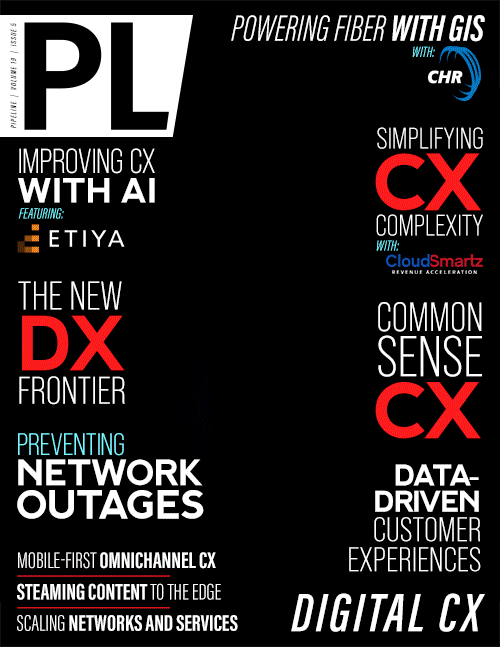Innovative Mapping Tools Power Your Fiber Project
Geospatial data creates overall project efficiency. With better information about permit status and when a specific location will be ready for construction, you can set your schedule and order your materials sooner in your overall deployment to help avoid supply chain issues. In the past, engineering was often the aspect of projects that lagged behind schedule. With geospatial data, we’ve been involved with projects where the engineering now outpaces the ability to plan construction because the engineering process is much more streamlined.
Digital automation
In the past, CHR worked on projects where a person was paid to scan and upload project documents. Separate spreadsheets were consulted and then compared to a physical map of the network design. We used to joke that we were designing broadband networks to give end users the ability to use powerful digital tools at Gigabit speeds, but we were doing it with paper and pencil. Those days are gone; using GIS technology takes your project information into a fully digital space. Data is entered directly into the system—from a computer, a mobile app, a tablet, or another connected device—and seamlessly integrates with mapping dashboards and other platform tools.
We all know, from our personal and professional lives, that the move to a single digital platform creates efficiencies that don’t exist in a non-digital workspace. No one wastes time finding the lost spreadsheet, the latest letter about the permit, or the right map. A geospatial data platform puts up-to-date project data at your fingertips.
Interdepartmental communication
Access to a single digital platform means the whole company is operating from the same information. Gone are the days when departments operated in siloes, with disconnected tasks and methods. Everyone has full visibility into the project with the same interface. The design group, the field team, the finance and marketing departments, the customer service team, and the executive suite are all operating from the same data—and it’s the latest, near real-time data.
Once data is entered into a single source, individual dashboards show the relevant data personalized to specific departments and personnel. Business decisions about where and when to build are made more quickly and with greater confidence, and your company can begin producing revenue sooner. GIS dashboards let the entire company work with a single source of truth—everyone from executives to network operations to customer service representatives work from the same information. Conversations about expenses and budgets and project issues are much easier because everyone is on the same page.
Customer experience
The benefits of GIS technology for your team translate directly into benefits for your end users and a better customer experience. At a basic level, improved efficiencies around planning, budgets, materials, internal communication, and more mean faster speed to market—fiber networks are built more quickly, so customers get access to fiber service sooner. There are also improvements in the details along the way. In the past, we’ve seen fiber networks with cable in the ground passing houses, but the connection to the network wasn’t established so customers still couldn’t get service. Imagine being a homeowner and seeing the construction on your block only to find out you’ll still be waiting for a connection. With GIS, that kind of oversight can be avoided.
Because the GIS data also offers a truer, more up-to-date picture of when a particular street or neighborhood can expect service to be connected, your marketing department—which has access to the same data as everyone in the company—can promote service at the right time. Marketing can be pinpointed (resulting in a well-timed revenue injection) and you have fewer customers who are frustrated because you didn’t deliver on the date you said you would or because you didn’t tell them soon enough. With a GIS platform, it’s a win-win for you and your customers.
Reaping the benefits of innovative mapping tools
You wouldn’t go back to making a road trip with a fold-out map and last year’s guidebook—so don’t do your fiber projects the old way. Use geospatial data tools on a convenient digital platform to track your projects, design your network, plan your construction schedule, monitor your budget, help your team work more closely together, and improve the customer experience. These tools make the entire process more efficient, combine your data into a single system, and ultimately make broadband deployment far more manageable.


















